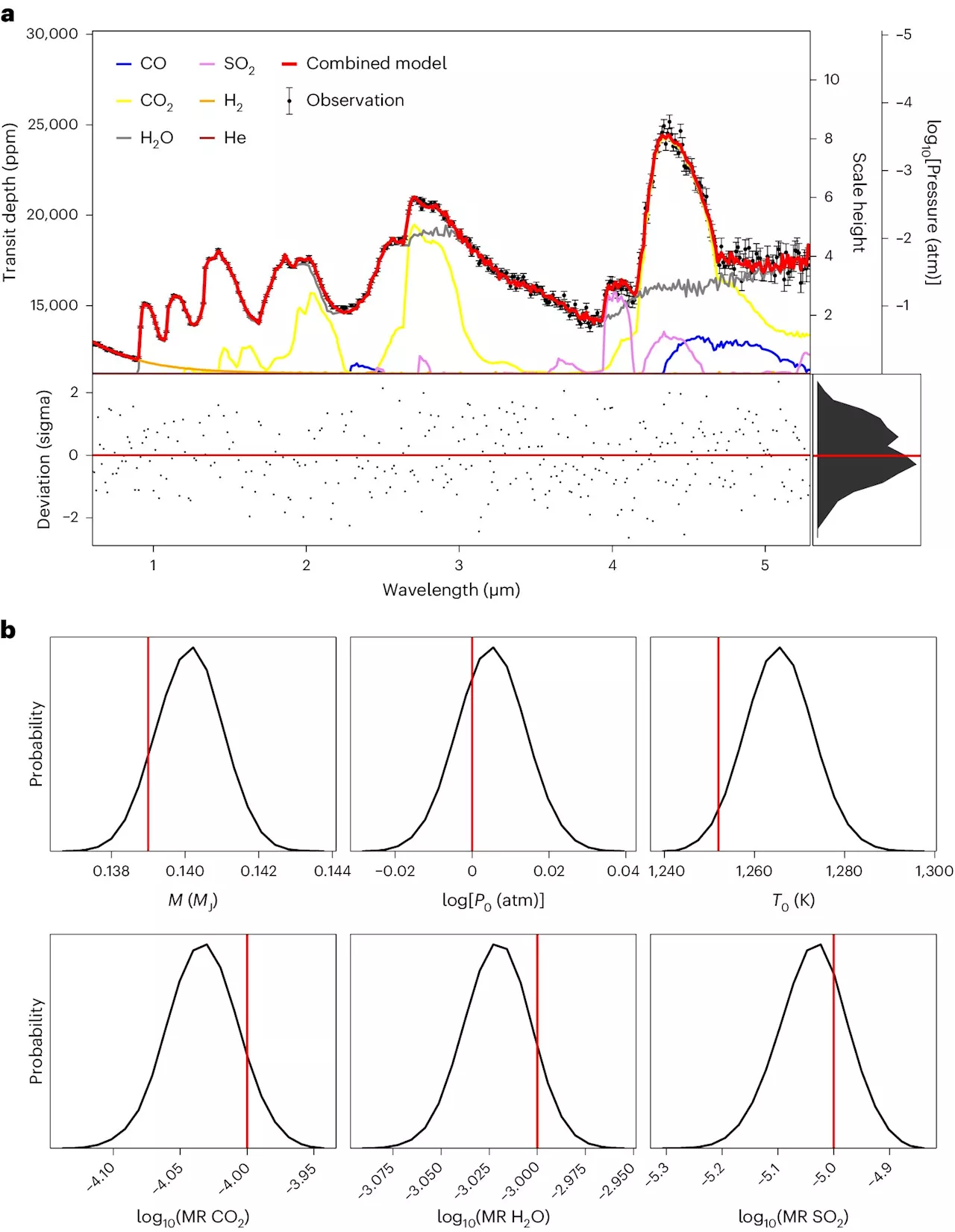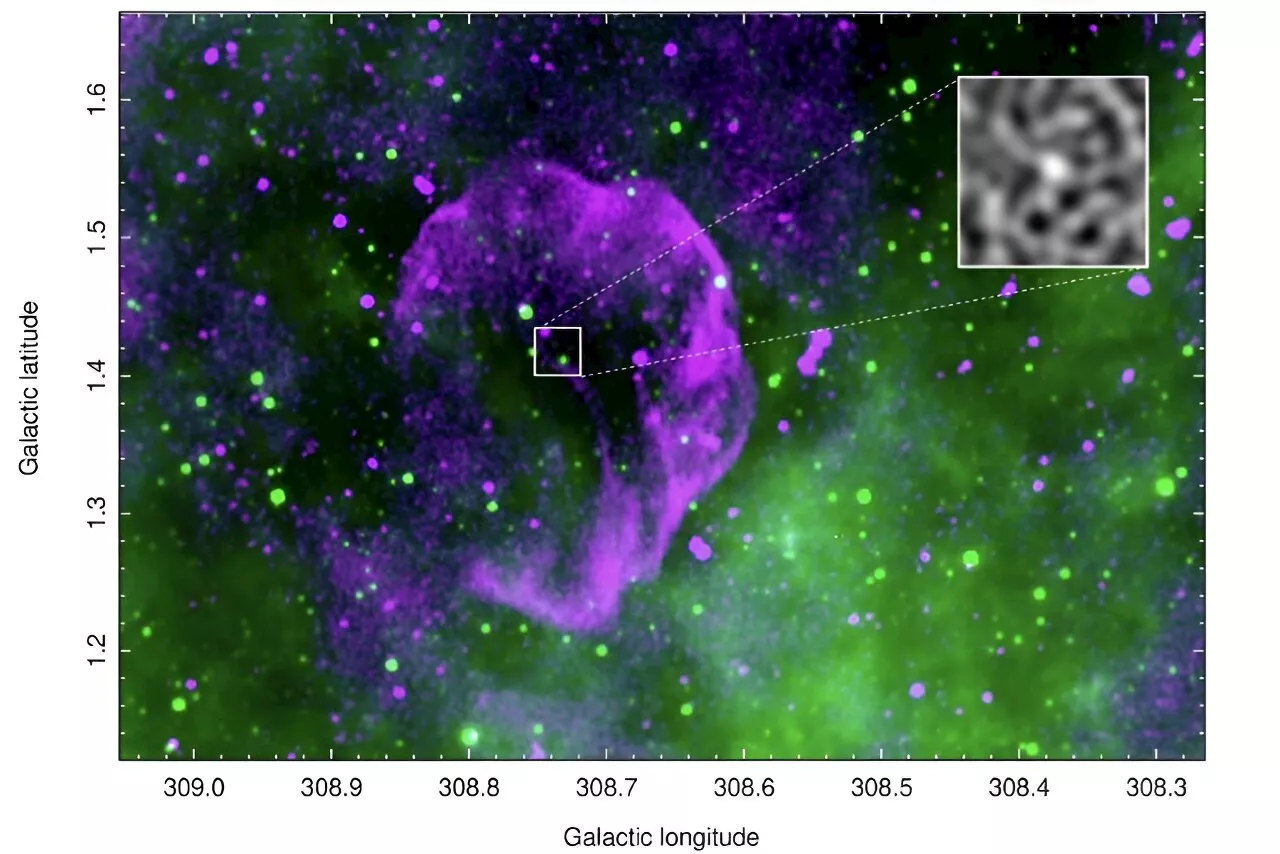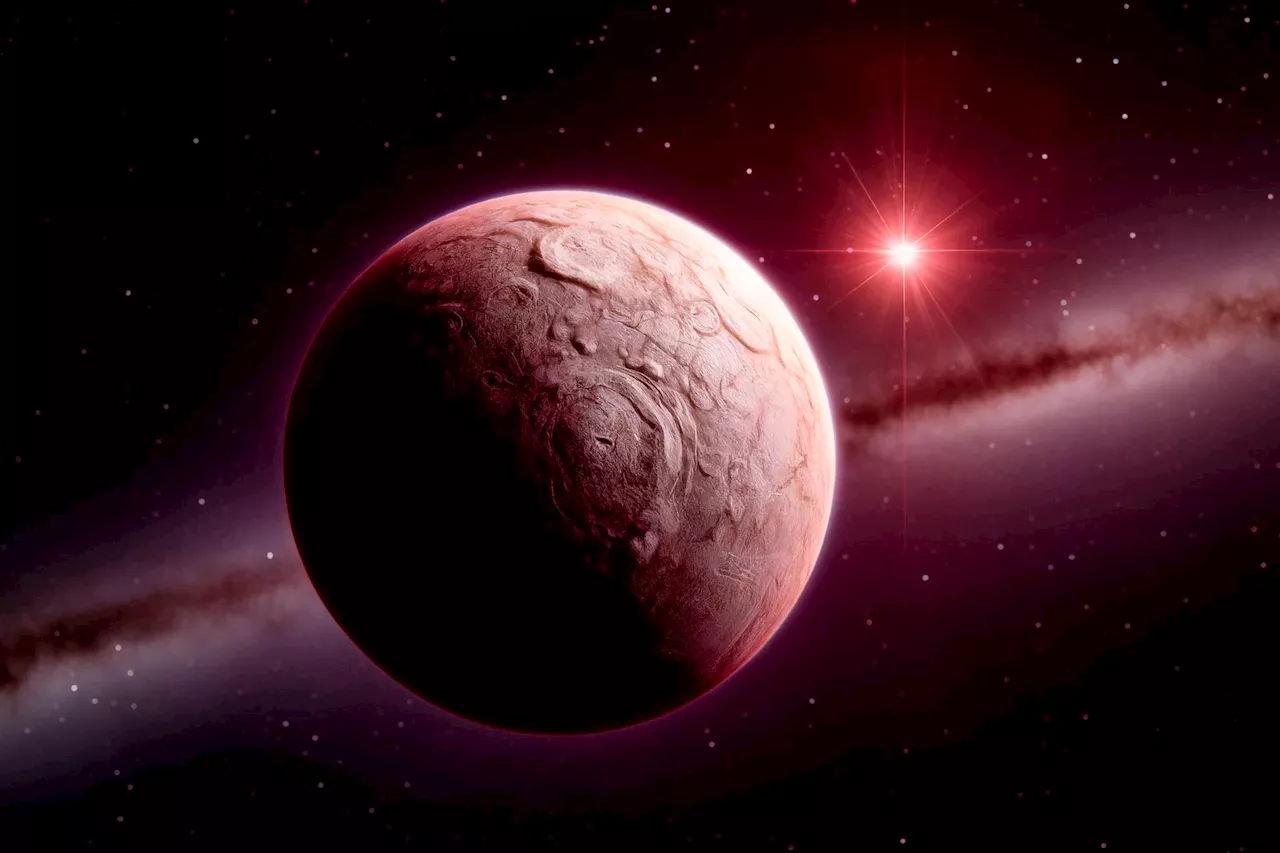Science, Space and Technology News 2024
New planet SPECULOOS-3b, discovered orbiting an ultracool dwarf star, likely lacks an atmosphere and offers unique insights into exoplanetary geology. Credit: SciTechDaily.com-sized star 55 light years away. Unlike Earth, this planet likely lacks an atmosphere due to intense radiation from its close proximity to the star, offering a unique unobstructed view for direct geological study of its surface composition and history.
Because it is so close to its star, the planet is blasted with 16 times more radiation per second compared to what the Earth receives from the sun. The team believes that such intense and relentless exposure has likely vaporized any atmosphere that the planet once held, leaving it an airless, exposed, blistering ball of rock.
SPECULOOS-3b is a nearby, Earth-sized planet that may lack an atmosphere. It was discovered using a network of telescopes as part of the SPECULOOS project. Pictured is the MIT Artemis telescope, part of the SPECULOOS network. Credit: D. PadrónAstronomers observed the first inklings of the new planet in 2021, with observations taken by SPECULOOS — a network of six robotic, 1-meter telescopes that continuously observe the sky for signs of planets orbiting around ultracool dwarf stars.
“While there were structures in the 2021 data that didn’t look convincing, the 2022 Artemis data really got our attention,” recalls MIT’s Artem Burdanov, who manages the SPECULOOS Northern Observatory. “We started to analyze one clear transit-like signal in the Artemis data, quickly decided to launch a campaign around this star, and then things just started lining up.”
United States Latest News, United States Headlines
Similar News:You can also read news stories similar to this one that we have collected from other news sources.
 Astronomers discover new Earth-sized world orbiting an ultra-cool starAn international team of astronomers has detected a new, Earth-sized planet just 55 light years away, orbiting an ultra-cool red dwarf star.
Astronomers discover new Earth-sized world orbiting an ultra-cool starAn international team of astronomers has detected a new, Earth-sized planet just 55 light years away, orbiting an ultra-cool red dwarf star.
Read more »
 Astronomers discover largest black hole in Milky Way: StudyAstronomers identified the largest stellar black hole yet discovered in the Milky Way, with a mass 33 times that of the Sun, according to a study published on Tuesday.
Astronomers discover largest black hole in Milky Way: StudyAstronomers identified the largest stellar black hole yet discovered in the Milky Way, with a mass 33 times that of the Sun, according to a study published on Tuesday.
Read more »
 Astronomers discover merging twin quasarsUsing the Subaru Telescope in Hawaii, astronomers have detected a pair of merging quasars at a high redshift, as part of the Hyper SuprimeCam (HSC) Subaru Strategic Program (SPP) survey. The serendipitous discovery is reported in the latest issue of the Astrophysical Journal Letters.
Astronomers discover merging twin quasarsUsing the Subaru Telescope in Hawaii, astronomers have detected a pair of merging quasars at a high redshift, as part of the Hyper SuprimeCam (HSC) Subaru Strategic Program (SPP) survey. The serendipitous discovery is reported in the latest issue of the Astrophysical Journal Letters.
Read more »
 Astronomers discover ‘cotton candy’ like dense planet 1,200 light-years awayThe team hypothesizes that the exoplanet is primarily made of hydrogen and helium—similar to other gas giants in our galaxy.
Astronomers discover ‘cotton candy’ like dense planet 1,200 light-years awayThe team hypothesizes that the exoplanet is primarily made of hydrogen and helium—similar to other gas giants in our galaxy.
Read more »
 Astronomers discover WASP-193b, a giant planet with a density similar to that of cotton candyAn international team led by researchers from the EXOTIC Laboratory of the University of Liège, in collaboration with MIT and the Astrophysics Institute in Andalusia, has just discovered WASP-193b, an extraordinarily low-density giant planet orbiting a distant sun-like star.
Astronomers discover WASP-193b, a giant planet with a density similar to that of cotton candyAn international team led by researchers from the EXOTIC Laboratory of the University of Liège, in collaboration with MIT and the Astrophysics Institute in Andalusia, has just discovered WASP-193b, an extraordinarily low-density giant planet orbiting a distant sun-like star.
Read more »
 Raspberry in the sky: Astronomers discover a new supernova remnant candidateAstronomers from the Western Sydney University in Australia and elsewhere report the detection of a new supernova remnant (SNR) candidate. The newfound SNR candidate, dubbed 'Raspberry' due to its morphology, was identified in the near side of the Milky Way's Scutum-Centaurus Arm.
Raspberry in the sky: Astronomers discover a new supernova remnant candidateAstronomers from the Western Sydney University in Australia and elsewhere report the detection of a new supernova remnant (SNR) candidate. The newfound SNR candidate, dubbed 'Raspberry' due to its morphology, was identified in the near side of the Milky Way's Scutum-Centaurus Arm.
Read more »
